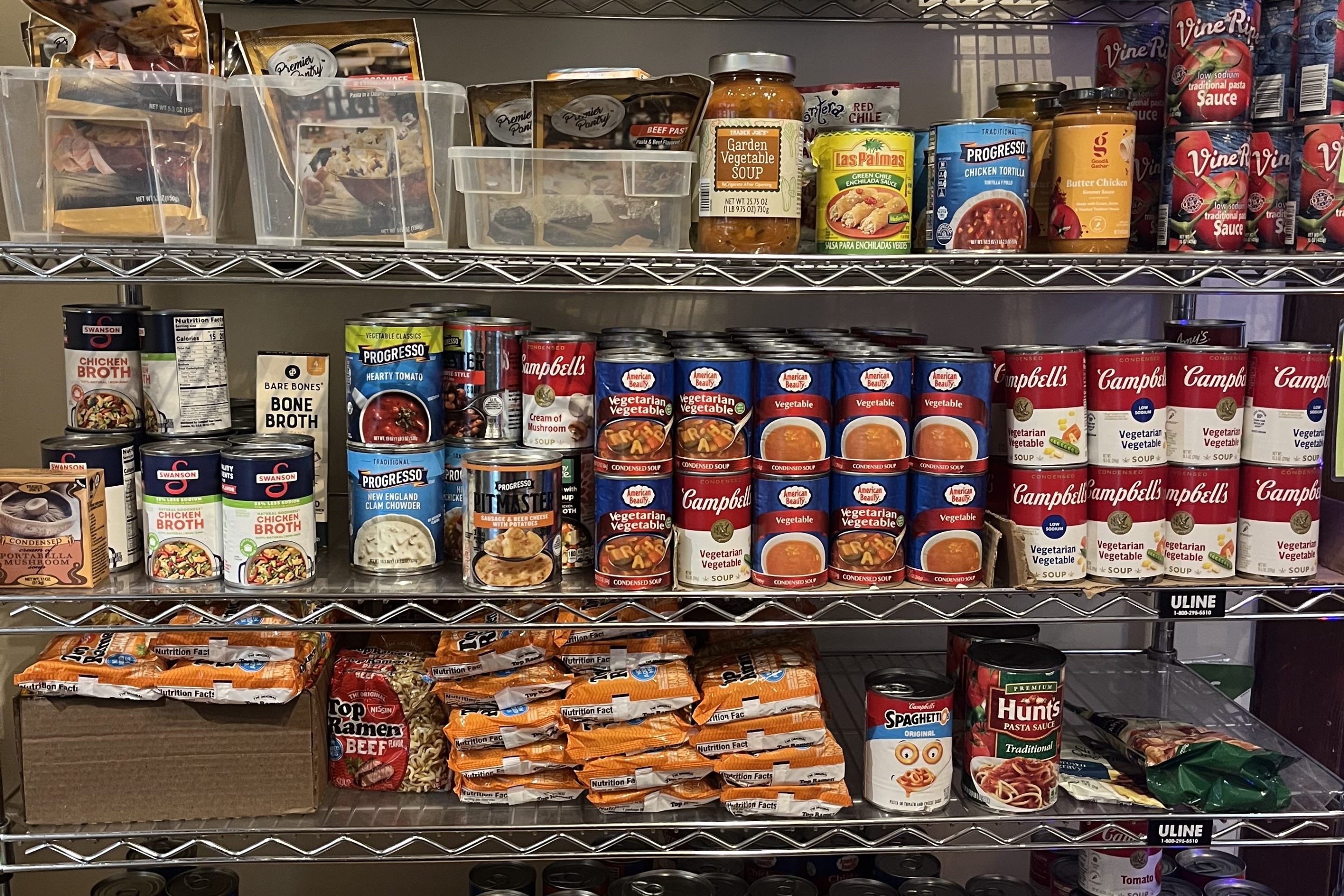Our goal is to offer readers diverse perspectives on newsworthy events or issues of broad public concern to the Hill & Lake community.
The Kids' Issue was superb!
I thought the August Kids' issue was superb. From the graphics to the range of selections to the creative articles, the issue was outstanding!
And it was fun to learn more about Justin Baylor in his son Ari's Meet Your Neighbor interview!
Jeanne Scheiderer | Lowry Hill
Support Hennepin Bike Lanes
While reconstruction will be difficult, I support Hennepin Avenue bike lanes.
It currently feels too dangerous to bike on, which discourages me from shopping and eating out along Hennepin.
I understand the fear that reduced parking will hurt businesses, but studies show the opposite is true: bike infrastructure added in six cities including Minneapolis improved sales and employment, even with parking removed.
Benjamin Lester | Bryn Mawr
What Bike Lanes Can Be
In letter to the editor in July, Jim Hawkins dismissed the bike lanes in the Hennepin Avenue South reconstruction project as "crazy," and asserted that there are already sufficient ways to get north-south by bike. I have biked all the ways he suggests, and I have rediscovered why they are insufficient.
First, Humboldt Avenue S., Irving Avenue S., and the nearby Bryant Avenue S. all have unprotected stop signs along the "bike route."
An unprotected stop is where you have a stop sign, but cross traffic does not. It is difficult to position your bike so that you are both visible to oncoming motorists and also have enough time to get up to speed so you can clear the road before any more cross traffic appears.
In an acknowledgment of this momentum issue, Minnesota recently adopted the "Idaho Stop" for bicyclists at four-way intersections.
A high-stakes high-stress unprotected stop intersection is not suitable for a bike route, which is part of why Bryant Avenue South is being redesigned.
Second, if you must share the road as a biker, it is safest to be in the middle of the lane (look up the door zone). But this is not without its dangers, as drivers are often unaware of this fact.
Just today I was biking along Lake of the Isles Parkway East for a few blocks. A driver got so mad at my being on the road, that he drove two feet from my rear tire and as soon as I started to pull over, accelerated past me, and drove his car at an angle that forced me to stop suddenly and off the roadway. This antagonistic behavior is why separating the cars from the bikes is important.
Several other anti-transit opinions were presented in July 2023's issue. Susan Lenfestey denigrated the Bryant Ave South re-design's challenges for emergency vehicles, without also noting that they've since adjusted the plan to fix those concerns while preserving bikeway and sidewalk space.
Similarly, Carol Becker noted the increase in traffic conflicts at 26th and Lyndale since 2019, but declined to clearly state that one of Vision Zero's focuses is pedestrian and bicyclist deaths. The city is making the right choice here — bicyclists are 3% of trips but 11% of severe traffic injuries and deaths, so focusing on the raw numbers of preventable crashes ignores the fact that driving is currently far safer.
Despite dangers caused by road design and motorists, bicycling remains an important mode of transportation. For more reasons to bike, I suggest Tom Trondson's article in the very same issue. I'll add a sixteenth — when you consider finding parking (another controversial issue), it's often faster just to bike.
Carly Robison | Lowry Hill






